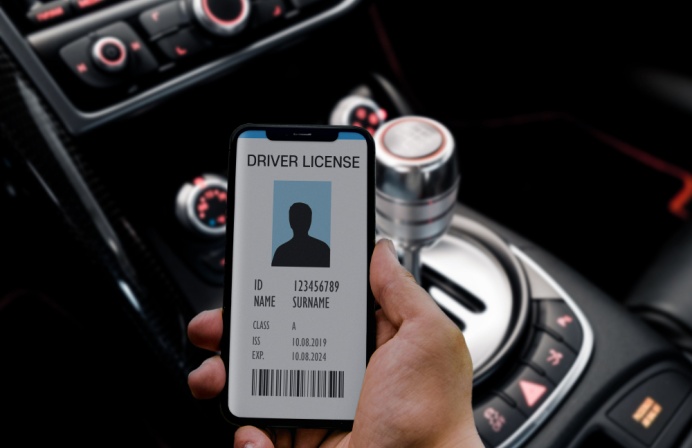
The shared services model is taking centre stage in New Zealand – with this platform offering agency-wide savings, according to Chris Buxton, the chief digital officer for Statistics NZ.
Agencies across New Zealand are leveraging the shared services model to deliver cost-saving across agencies, according to Statistics NZ’s chief digital officer, Chris Buxton.
Buxton, a keynote speaker at the FST Government New Zealand conference in Wellington, said Statistics NZ has helped pioneer one as-a-service initiative in Christchurch. This is in partnership with the Department of Internal Affairs, and followed on from earthquake rebuild effort.
“The Christchurch rebuild is quite a significant project, but it’s not just a rebuild of the CBD,” said Buxton. “We’re looking at how to get more efficiencies and utilisation of services in an integrated way.”
Scalable offerings
For as-a-service models to succeed, solutions are scalable, and accommodate the entry to enterprise-level profiles. “One challenge was we had agencies coming and going all the time,” recalled Buxton. These ranged from eight to 13 agencies.
“We had to accommodate changing needs and requirements. The solution needed to be scalable and flexible. The cost of entry had to be low enough, so that as we brought in more agencies, we would not have to invest in new services.”
One lesson was that the cost of entry could be high. Moreover, different cabling and network infrastructure prevented inter-operability. “Ours was a building-as-a-service model where agencies could come in, consume services at a low cost, move around without significant cost or delay, and operate how they wanted to operate, and not be constrained by the environment.”
Tackling security
The shared model presents policy and security constraints, noted Buxton. “These started to get very complex. As-an-infrastructure is an important concept. This is to offer integration and inter-operability. We had to lower the cost profile and security was paramount.”
One lesson was that a lead agency needed to lead. “You must to be prepared to step up,” noted Buxton. “Statistics was standing up and saying ‘I will be a service provider.’ That’s been a huge leap for the organisation.”
The perception is a department cannot be a provider of IT services, and is simply a consumer. “Getting people to understand the concept, the model and how this would fit together was the challenge. Our focus was on real-use cases and not the interpretation. We were able to implement the shared services environment within 8 to 10 weeks.”
Building the TaaS model
Dave Jackman, the Department of Internal Affairs’ manager, whole-of-government ICT common capabilities, added that the TaaS offering was co-designed with input from agencies, and leaders in the ICT industry.
This was to directly match services with the strategic direction across focus areas. “This was about exploiting emerging technologies, getting government IT to work with business to drive innovation, getting IT system prioritised, and getting common capabilities adopted.”
TaaS is no different to other established shared service models. “The objectives are clear,” noted Jackman. “This has to be a cost-effective environment, remain attractive and be secure.”
Shared service providers continue to grapple with connectivity, communication, managed security, contact centres and collaboration services. However, with the TaaS offering, nearly 66 agreements have been finalised in the first six months. Up to 55 agencies are negotiating TaaS in Christchurch and Wellington. These negotiations involve Statistics NZ and the Department of Internal Affairs.





